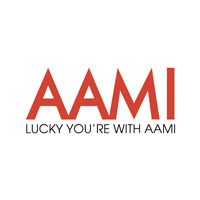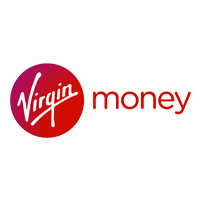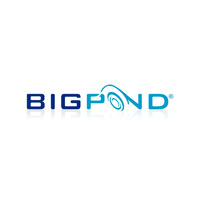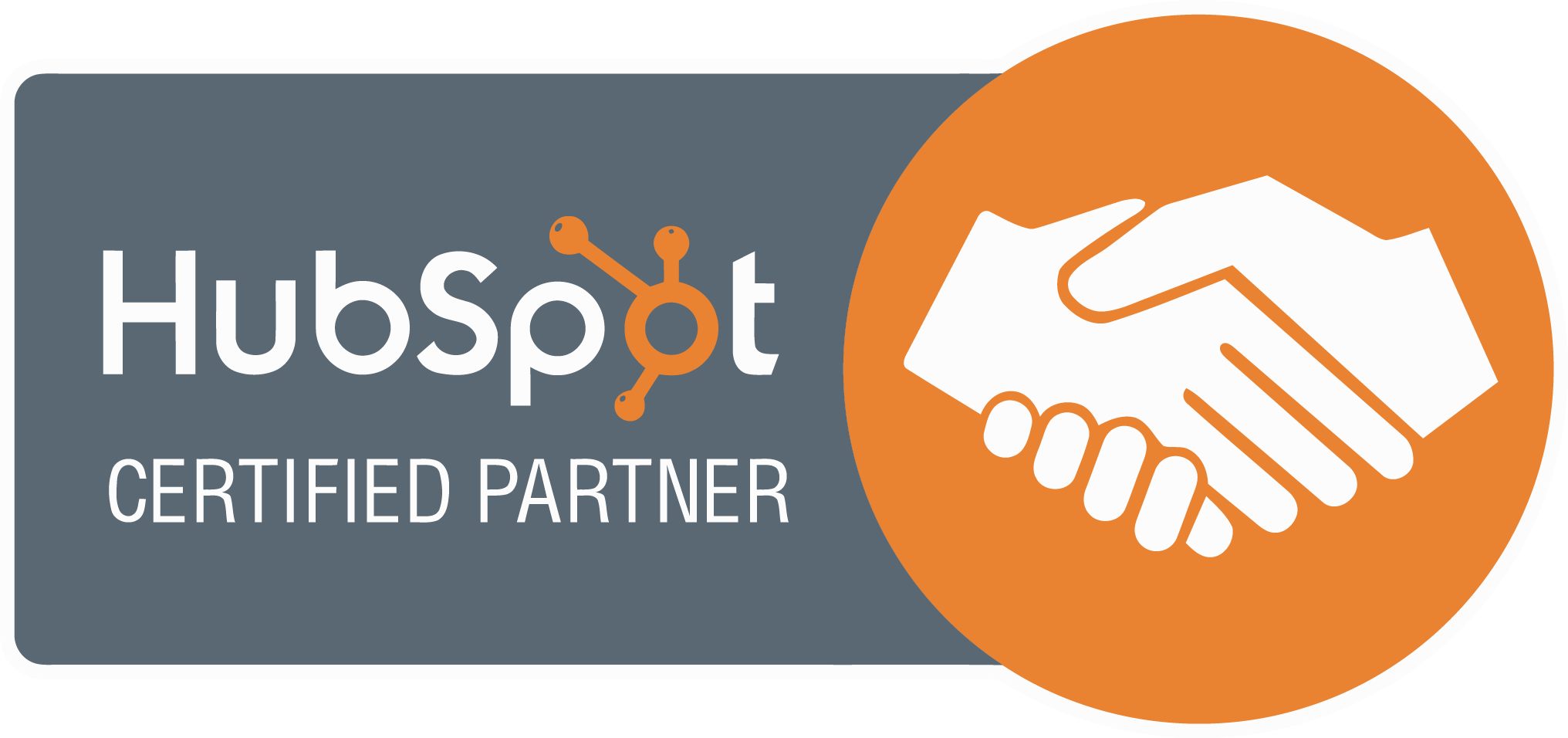Key Takeaways
- Nonprofits must maintain a 5% CTR and focus on high ad quality to stay eligible.
- Ads can only appear on the Search Network, limiting reach on other platforms.
- A $2 manual CPC bid cap restricts competitiveness in high-bidding keyword markets.
- Nonprofits compete with both other grant recipients and paid advertisers for visibility.
- Unspent grant funds do not carry over, increasing pressure to allocate the budget effectively.
- Continuous optimisation is necessary, often requiring training or professional support.
In the ever-evolving digital landscape, nonprofit organisations are increasingly leveraging the potential of Google Ad Grants to amplify their mission and outreach. While these grants have limitations, understanding and navigating them effectively can significantly enhance their digital marketing strategies. We provide insights that will empower nonprofits to make the most of their Google Ad Grants.
Strict Compliance Requirements
One of the primary challenges nonprofits face with Google Ad Grants is the strict compliance requirements. Organisations need to achieve a minimum click-through rate (CTR) of 5% to maintain eligibility. This requirement is not just a number; it’s a key to unlocking the full potential of the grant. High ad quality and relevance are also non-negotiable in Google Ad Grants, pushing nonprofits to invest time and resources into their campaigns to achieve compliance. If you’re unfamiliar with best practices in PPC, you might find it beneficial to seek professional assistance for optimal results.
Limited to Search Network
Another inherent limitation of Google Ad Grants is the restriction to the Search Network. This means nonprofits miss out on various advertising opportunities available on platforms like Display, YouTube and remarketing campaigns. By only tapping into text-based ads shown on Google’s search results pages, organisations may feel constrained in reaching potential supporters or volunteers who frequent various online spaces. To maximise online visibility, nonprofits might consider augmenting their grant efforts with additional strategies such as social media advertising, content marketing or influencer partnerships.
$2 Bid Cap on Manual CPC
Google Ad Grants imposes a $2 cap on manual cost-per-click (CPC) bids, significantly affecting bidding power. This cap limits the potential for higher placements in search results when competing against other advertisers willing to invest more per click in competitive keyword landscapes. Without Google’s automated bidding strategies, nonprofits could struggle to gain traction. Understanding this limitation can help organisations make strategic decisions regarding their overall advertising budget and campaign approach.
High Competition
Despite all the advantages the tool offers, competition remains a formidable challenge for nonprofits using Google Ad Grants. Not only do they compete against other grant recipients for visibility, but they also vie with paid advertisers who have more extensive resources. This high-stakes environment necessitates well-optimised campaigns and highly relevant keywords to break through the noise. It’s important for nonprofits to differentiate themselves through unique messaging and strategic ad targeting to stand out and effectively engage their audience.
No Carryover of Unused Budget
Another critical aspect to note is the policy regarding unused budget in Google Ad Grants. Any portion of the $10,000 grant that doesn’t get spent each month does not roll over. This can place pressure on nonprofits to spend their budget wisely while still ensuring that their campaigns are effectively performing. This reality can lead to rush decisions that do not always align with overall marketing goals, highlighting the need for a carefully planned budget and strategy.
Resource-Intensive Management
Lastly, successfully managing Google Ad Grants is resource-intensive. Continuous optimisation is necessary to adhere to compliance requirements and enhance the overall effectiveness of the campaigns. Nonprofits need at least a foundational understanding of PPC marketing to navigate the complexities of ad management. Investing time in training or considering professional services can significantly affect campaign performance for organisations lacking in-house expertise.
If you’re unfamiliar with best practices in PPC, remember that seeking professional assistance can significantly improve your campaign’s performance. Finding a reliable partner can help streamline your campaign, ensure it adheres to Google’s guidelines and potentially increase your project’s visibility. This reassurance can give nonprofits the confidence they need to navigate the complexities of Google Ad Grants.
Understanding the limitations of Google Ad Grants is not a hindrance but an important step for nonprofits who want to leverage this powerful tool effectively. While the grant provides a substantial opportunity for digital outreach, it comes with challenges that, when recognised and addressed, can enhance their overall marketing strategies and better position them for success. This understanding will make nonprofits feel informed and prepared for their digital marketing journey.
For more insights on managing your Google Ads campaign effectively, contact Amire for personalised help and guidance. Contact us today!
GET IN TOUCH
Get a Free Quote








